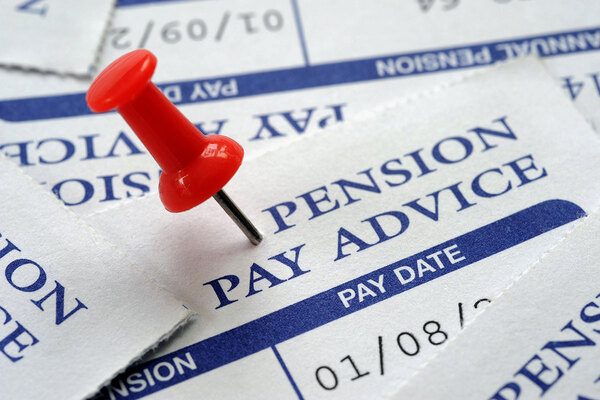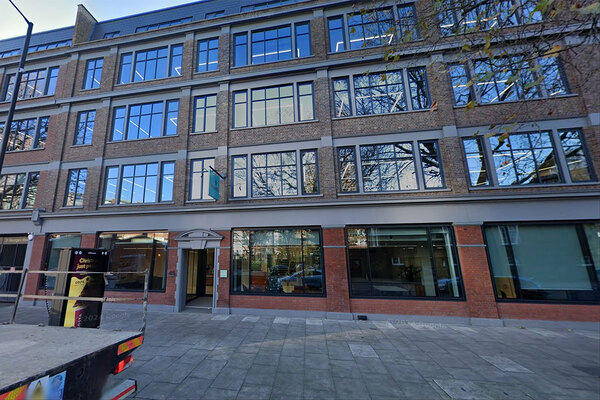You are viewing 1 of your 1 free articles
Sector Scorecard results reveal fall in average operating margin
The Sector Scorecard figures for housing associations have been published, showing a fall in the sector’s overall operating margin.
The scorecard, which was developed by a working group of housing associations in 2016, provides benchmark figures for 15 areas which are seen as key to housing association business performance.
Some of the metrics are used by the English regulator to assess the ‘value for money’ performance of housing associations.
Last year the scorecard was piloted with 315 housing associations submitting data, with this year’s report taken from data provided by 329, owning 2.3 million homes and representing 80% of the sector by stock.
It revealed the average operating margin has fallen more than two percentage points to 27.89% from 30.3% last year.
Related Files
In a commentary report published by the National Housing Federation (below), this fall was explained as “a result of the ongoing rent reduction and greater pressures on costs”.
Cost per unit has risen at above inflation across the years (£3,450 from £3,306). While there has been a slight change in methodology, the report said this was likely due to landlords “put more resources into operational services to deal with external factors such as welfare reform and fire prevention”.
The full metrics listed in the report were (2017 figure in brackets):
- Operating margin (overall) – 27.89% (30.3%)
- Operating margin (social housing lettings) – 30.43% (31.6%)
- Earnings before interest tax depreciation and amortisation (major repairs included) – 213.61% (227.6%)
- New supply (as a percentage of stock) – 1% (1.1%)
- Gearing (ratio of debt to assets) – 35.14% (41.6%)
- Customer satisfaction – 87.5% (86.6%)
- Reinvestment – (5.8%)
- Return on capital employed - 3.72% (4%)
- Occupancy – 99.4% (99.5%)
- Ratio of responsive repairs to planned maintenance spend – 0.61 (0.68)
- Headline social housing cost per unit - £3,450 (£3,306)
- Rent collected – 99.9% (99.72%)
- Overheads as % of adjusted turnover – 12.03% (12.33%)
No organisation achieved more than seven results in the upper quartile, the report said. Typically, an organisation had two or three measures in the top quartile.
The report was based on data from housing associations with turnover of less than £250,000 to more than £800m, covering the whole of the United Kingdom.
It said the participants completed a combined 44,642 homes, with open market development concentrated in London and the South East.
Clare Miller, chair of the Sector Scorecard Advisory Group, said: “We’re delighted with the response to this year’s Sector Scorecard. Throughout this process, we have seen that housing associations take efficiency seriously and are driven by a core social purpose.”












